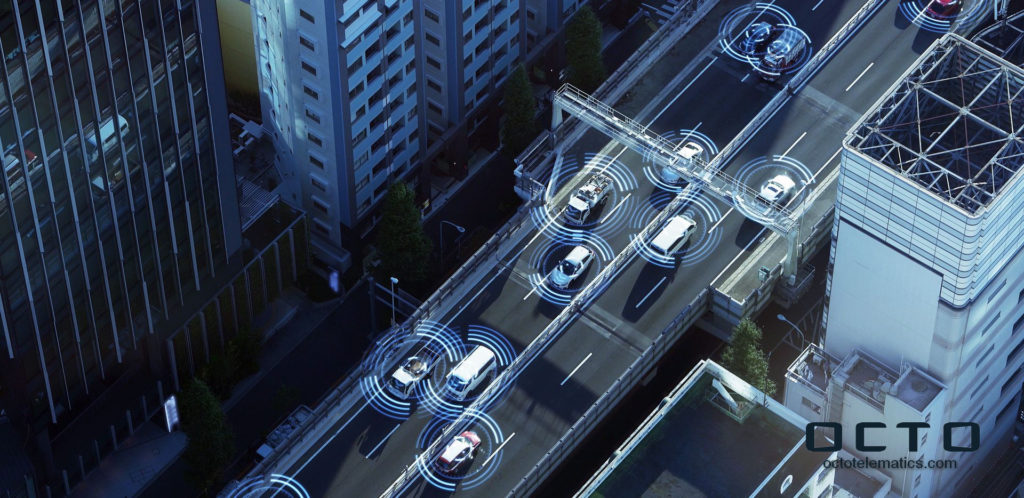
Researchers Sanja Surdonja, and Aleksandra Deluka-Tibljas, from the Faculty of Civil Engineering, University of Rijeka, Croatia and Tullio Giuffre from Università degli Studi di Enna “Kore”,Cittadella Universitaria, Enna, Italy, presented an article at the International Congress on Transport Infrastructure and Systems in a changing world (Rome, September 2019), regarding Smart Mobility Solutions.
1. Smart mobility
Sustainable management of urban areas has become, during the last decades, one of the most important challenges of the 21st century that resulted in the concept of “smart city”. Smart City includes different aspects of city management: building, energy, environment, government, living, education and mobility.
Smart Mobility is often highlighted as a key system without which the Smart City could not be sustainable. A number of smart solutions have been analyzed and implemented in the context of smart mobility/movement in the cities and beyond. Many of these solutions are based on IT and they include a vehicle navigation system, e-parking, e-ticket, info-mobility signalization, demand-responsive transport, car sharing, bike sharing, public transport live tracking but also some innovative solutions are not necessarily related to IT (walking bus).
From the other hand, Intelligent Transportation Systems (ITS) were already introduced in the cities as a solution to mitigate traffic congestion and to reduce pollution by enhancing smart mobility, fuel efficiency, accessibility, and safety. ITS can produce benefits related to traffic congestion and air quality without foreseeing the construction of additional roads or transport infrastructures.
They are variegated and include several different technologies and software solutions such as advanced traffic management systems (e.g., freeway and incident management systems, electronic toll collection), advanced traveler information systems (e.g., dynamic message signs, in-car real-time traffic information and navigation systems), advanced public transportation systems, commercial vehicle operations and so on.
According to Debnath, in order to consider that the mobility system of a city is smart, it is necessary that it is self-operating and self-correcting and requiring little or no human intervention. The main aspect of smart mobility is connectivity; thanks to connectivity and big and open data, users can transmit all the traffic information in real-time, and public administrators can simultaneously conduct dynamic management.
Data related to mobility may change constantly (e.g., data on available parking spaces, traffic conditions, accidents, train or bus delays), and may be communicated immediately to the mobile app users, to ensure a smart, easy, and smooth trip.
The introduction of new transport systems and services, on the one hand, leads to an evolution in the demand for transportation, and on the other hand, it is also able to change user’s behavior. For this reason, it is important to develop advanced tools and methods for investigating the characteristics of mobility demand.
2. Smart mobility survey
The researchers explain that the Smart Mobility Survey has been conducted in Croatia, in 2017, with the aim to establish users opinion on a number of the different, mostly ICT supported, solutions that have been lately used in the world (and Croatia) for enhancement of mobility in the cities.
The survey has examined the familiarity with such solutions, the current level of their use, and future expectations of using existing and new smart solutions (e.g. autonomous cars) in everyday life. Almost a third of the sample stated that real-time information about public transportation, e-parking, and e-ticketing for transportation services are the most impactful solutions for their city ́s daily life.
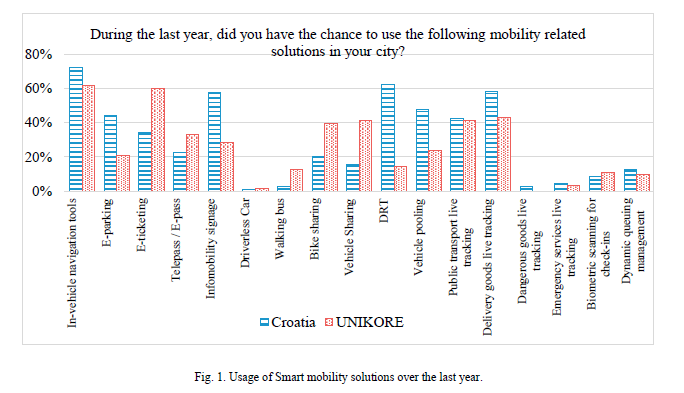
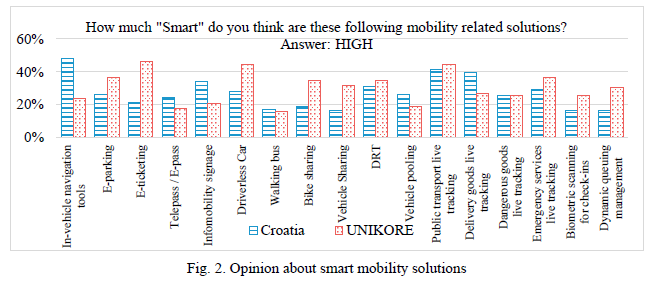
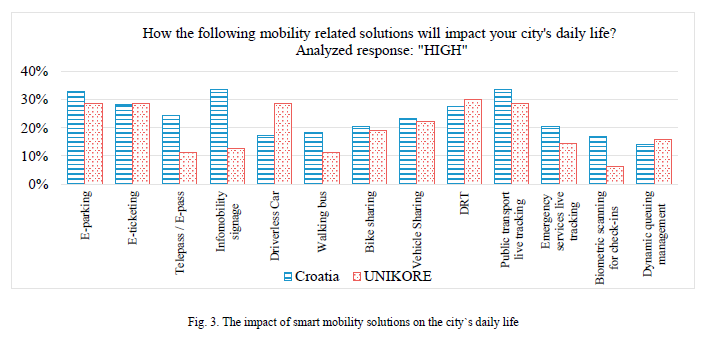
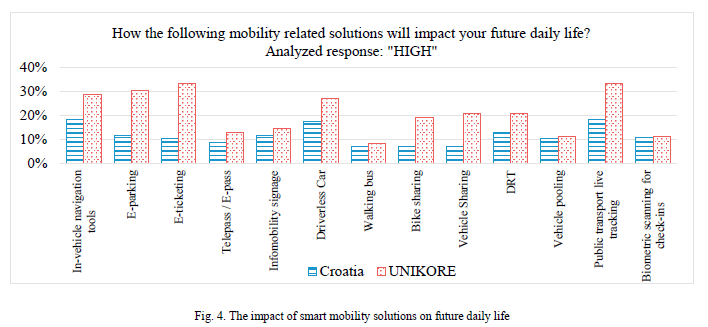
However, in the case of impact on the future daily life, in Croatian survey, respondents highlighted just a few of the smart mobility solutions as significant: in-vehicle navigation tools, driverless car, and public transport live tracking.
3. Driverless cars – a near future mobility solution
The authors also highlight that recent studies display a positive picture of the public opinion on fully automated driving. Nevertheless, a non-negligible level of the reluctance of the potential users is also partly present. A research done by Schoettle & Sivak investigated the public opinion about automated and self-driving vehicles in the US, the UK, and Australia.
Although 57% of the respondents had an overall positive the results showed concern about riding in completely self-driving vehicles.
Conclusions
Smart mobility as an important part of the Smart City concept includes different smart mobility solutions of which some are already present in our cities (e.g. e-ticketing, e-parking, live-tracking, etc.) and some are in a testing phase like driverless cars.
The survey has shown that mobility solutions, already in use, are expected to have the highest impact on their everyday life in the future. Unexpectedly, young responders (20-30y) represent a major part of the “skeptic” among the population included in the survey.
The researchers stress that it is important to have a more public debate (presentations, surveys, education…) of future mobility solutions and their benefits so that they become more acceptable to the wider population.
According to the authors the next goal should be to stay ahead of the gradient of change valuing some practical implications of the new approach. Indeed, it should be needed an advanced and detailed technical framework in order to shape the mobility demand and its behavior referring to future transportation solutions.